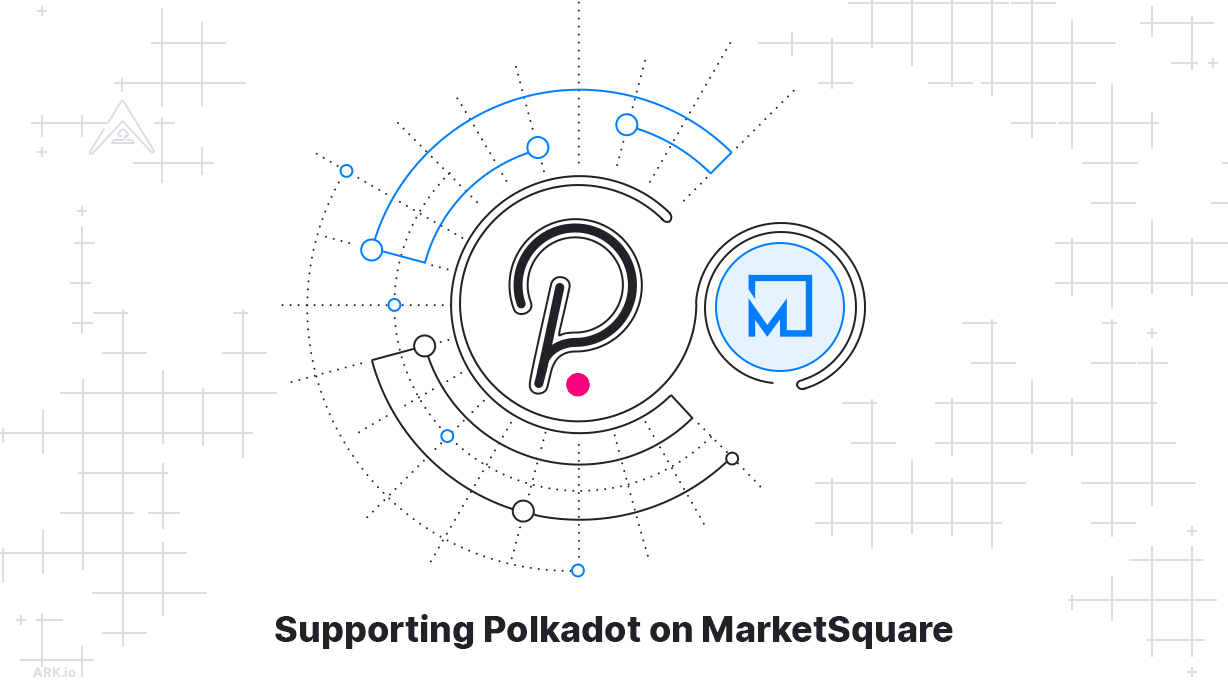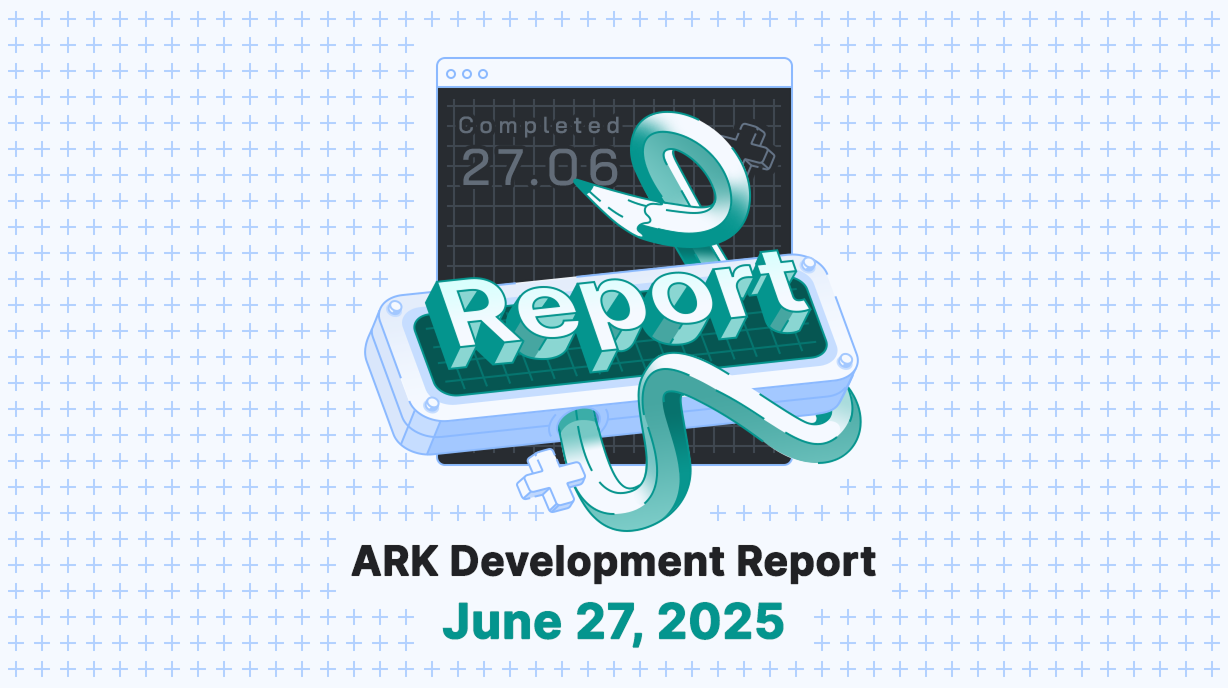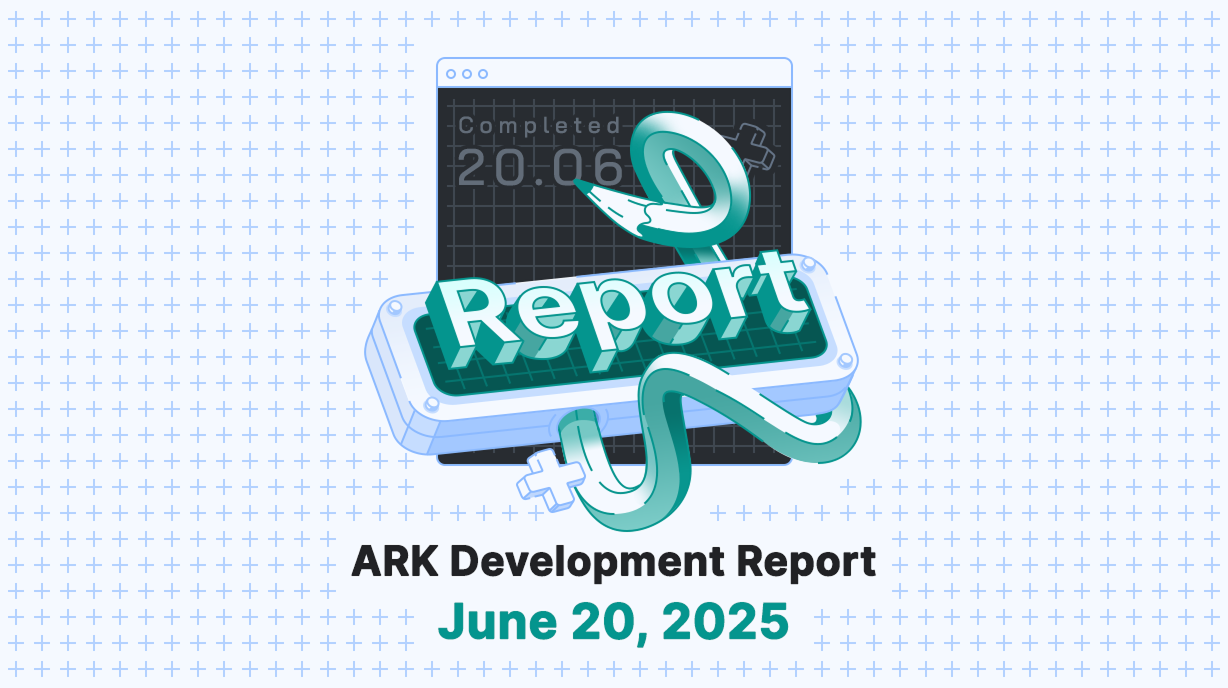As we continue working towards the launch of MarketSquare beta, we want to share with you some of the great projects and services that we will be adding to the platform. If you haven’t signed up for MarketSquare Beta , there is still time. We also recently released an article detailing Hubs on MarketSquare. Today, let’s welcome Polkadot to MarketSquare!
What is Polkadot
Polkadot is a next-generation blockchain protocol that unites a network of purpose-built blockchains. Polkadot enables these blockchains to operate seamlessly together. Any type of information can be sent between any type of blockchain, this includes data as well as tokens.
Polkadot aims to be a true multi-chain application environment where things like cross-chain registries and cross-chain computation are possible. Additionally, Polkadot can transfer this data across public, open, permissionless blockchains as well as private, permissioned blockchains. This makes it possible to build applications that get permissioned data from a private blockchain and use it on a public blockchain.
Polkadot is designed to operate two types of blockchains. The main network is called the Relay Chain and user-created networks are called parachains.
Parachains can be customized for any number of uses. They feed into the main blockchain, the Relay Chain. This means that parachain transactions benefit from the security of the main chain.
Learn more about Polkadot on the official website .
Substrate
We cannot talk about the architecture of the Polkadot ecosystem without mentioning Substrate. Substrate is a modular framework that enables developers to create purpose-built blockchains by composing custom or pre-built components.
Substrate is smart contract-ready, includes heavily tested libraries, and custom components that assist with blockchain development.
Click here to learn more about Substrate.
The Relay Chain
The Relay Chain is where transactions are finalized. The Relay Chain has deliberately minimal functionality. Smart contracts are not supported on the Relay Chain. The main responsibility is to coordinate the system as a whole, including parachains.
Parachains
Parachains are custom blockchains that use the Relay Chain’s computing resources to confirm that transactions are accurate. Polkadot places no constraints over what parachains are able to do. However, they must be able to generate proof that can be validated by the validators assigned to the parachain.
Parachains are sovereign blockchains that can have their own tokens and optimize their functionality for specific use cases. To connect to the Relay Chain, parachains can lease a slot for continuous connectivity via unpermissioned auction. They can also pay as they go as a parathread. This is more economical for blockchains that don’t need continuous connectivity to the network. .
Parathreads
Parathreads are very similar to Parachains with just a few economic distinctions. They can be termed as “Pay-as-you-go parachains” where they can compete on a block-by-block basis in Polkadot security without having to lease a dedicated Parachain slot.
Bridges
Bridges allow the Polkadot network to interact with other blockchains for example the Bitcoin or Ethereum network.
Consensus Roles
The Polkadot Relay Chain uses a variation of Proof-of-Stake (PoS) consensus called Nominated-Proof-of-Stake (NPoS). This allows anyone who holds DOT to perform one or more of the consensus roles. DOT is the native token of Polkadot
- Validators secure the Relay Chain by staking DOTs, validating proofs from collators and participating in consensus with other validators
- Nominators secure the Relay Chain by selecting trustworthy validators and staking DOT
- Collators maintain shards by collecting shard transactions from users and produce proofs for validators
- Fishermen monitor the Polkadot network and report bad behavior to validators. Collators and any parachain full node can perform the fisherman role.
DOT Token
The DOT token has three distinct purposes. This includes governance over the network, staking and bonding.
- DOT holders - anyone who purchases DOT tokens can use their DOTs to propose changes to the network and approve or reject major changes proposed by others
- Staking - game theory incentivizes token holders to behave honestly. Good actors are rewarded whilst bad actors will lose their stake in the network. This ensures the network stays secure.
- Bonding - new parachains are added by bonding tokens. Outdated or obsolete parachains are removed by removing bonded tokens.
Polkadot Page and Hub on MarketSquare
One of the things we are doing through MarketSquare is creating educational content in the form of short videos that explain projects, concepts, and the like in a very distilled and easy-to-understand way. We think this is crucial for our industry. There are a lot of aggregator sites out there (coinmarketcap, dappradar, etc). But where MarketSquare is different, is that we aim to create a one-stop platform where people can come to explore their favorite projects, get involved, and learn. Polkadot would not only have their own page on MarketSquare but will also have a Hub
In that regard, you can expect to see a larger Hub for the Polkadot Ecosystem that covers trending projects, videos, and news.
While you wait for the MarketSquare Beta, be sure to sign up at MarketSquare.io and subscribe to our YouTube channel for an upcoming video about Polkadot.
We are happy to be welcoming Polkadot to MarketSquare and provide resources to learn about all the services and projects making strides within our industry.




